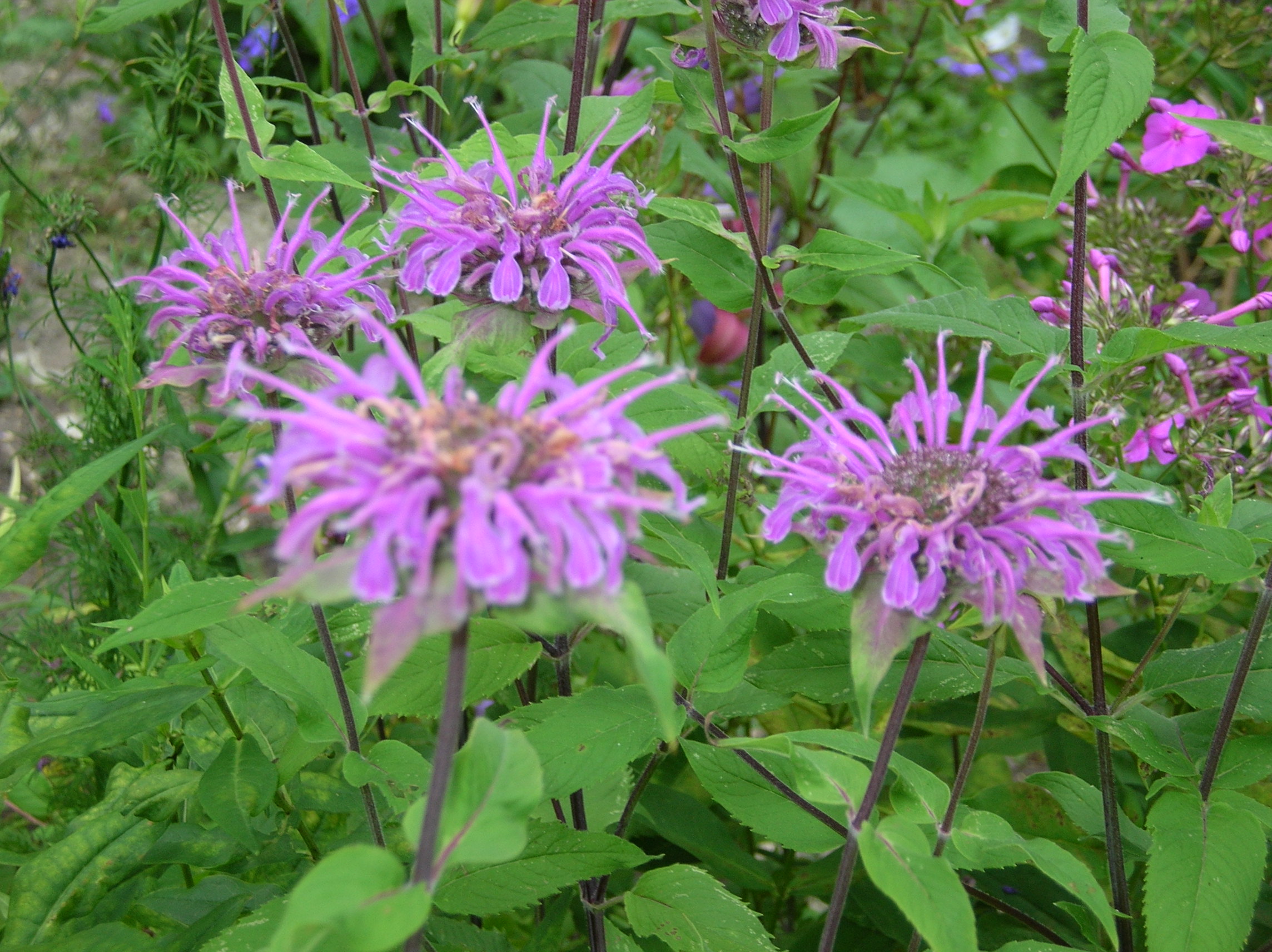Description
Whorls of hooded lavender tubes in July – August
Whorls of hooded lavender tubes in July – August
Whorls of hooded lavender tubes in July – August
Balloon shaped buds opening to white bells in mid-summer to early fall.
Size: 24" x 12"
Care: Full sun to part shade in moist well-drained soil. Heat and drought tolerant. Deadhead for rebloom.
Native: Eastern Asia
Wildlife Value: attracts hummingbirds, bees & butterflies
Awards: England's Royal Horticultural Society Award of Garden Merit.
Platycodon is Greek from platys meaning “broad” and kodon meaning “bell”, referring to the shape of the flower. Cultivated in China for hundreds of years where it is called Jie-geng. Chinese used the root boiled to cure a chill in the stomach. Mentioned in Man’yoshu, a Japanese anthology of poems written in the 8th century. German botanist Johann Gmelin (1709-1755) collected P. grandiflorus in Siberia in 1754. Gmelin’s Siberian mission, sponsored by Catherine the Great, took 10 years and nearly killed him. Gmelin introduced it to European garden cultivation by 1782. Robert Fortune found the white form in a nursery near Shanghai and sent it to England in 1845.
Purple, upfacing bells for months in mid to late summer
Size: 4-6” x 20”
Care: full sun-part shade in moist well-drained soil
Native: Northern Yugoslavia
Awards: England’s Royal Horticultural Society Award of Merit. Top rated for ornamental traits and landscape performance by the Chicago Botanic Garden & Elisabeth Carey Miller Botanical Garden Great Plant Pick.
Campanula is Latin meaning “little bell.” This species named for one of its discoverers, Franz Edler von Portenschlag-Ledermayer (1772-1822). 1st described in Systema Vegetabilium 5: 93 in 1819
Profusion of small classic daisies May-July atop fragrant silver foliage. Cut back for rebloom. Let the seeds drop for more plants next year. If you cut them back after the 1st flowering they will rebloom for most of the summer and fall.
Size: 2’ x 3’
Care: sun in moist well drained soil
Native: central & southern Europe
Named by Carl Heinrich Schultz (1805-1867)
Dark pink-purple flowers from late spring to mid-summer
Size: 32” x 18”
Care: full sun to part shade in moist well-drained soil
Native: Europe
Wildlife Value: a favorite of Bumblebees
In Greek mythology Silene was a companion of Bacchus who was covered with foam. Dioicus means that male and female plants are separate. Described by 1750’s. Grown in American gardens since 1800’s

